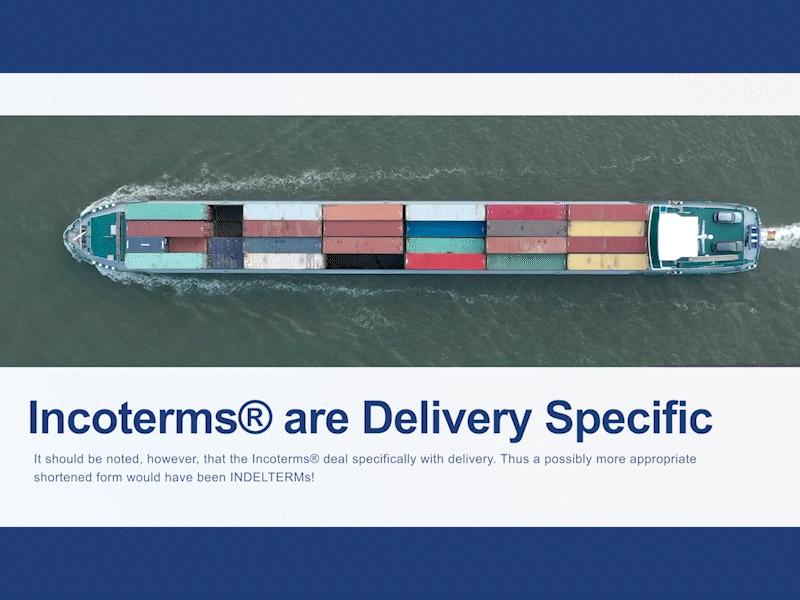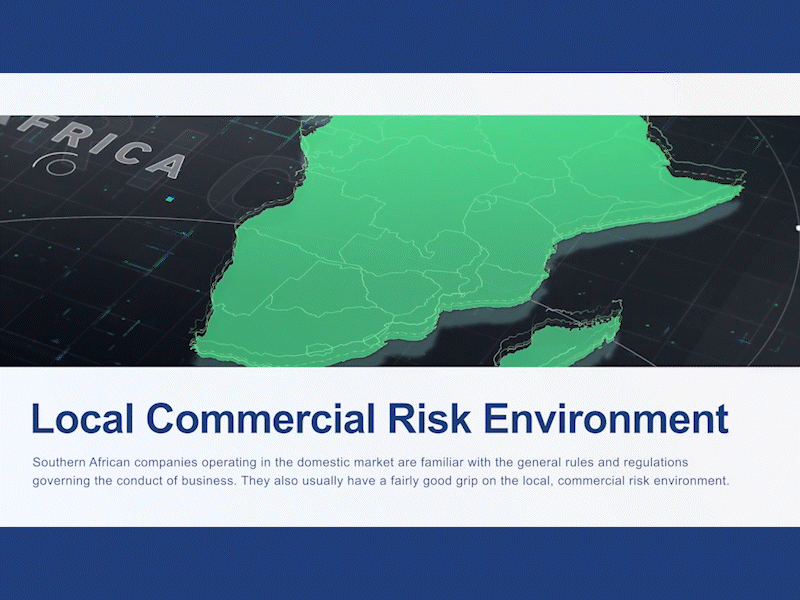Introducing Company A, a booming business that has seen substantial growth in local markets. As a result, Company A has begun researching potential foreign trade markets for its products. As their research advances, a new market is identified and a strategy for achieving export readiness in order to optimise product sales abroad is developed. What, you may ask, is meant by ‘export readiness’?
Export readiness has two key requirements: the export capability of your company and the commitment of management to the export initiative. Now let’s delve into this further unpacking the term ‘export capability’ into product and company preparedness for selling into international markets. This is where Company A’s biggest mistake becomes apparent – management has overlooked the changes that will have to be made to the company’s operations as an essential component of their export readiness strategy.
In terms of ‘product exportability’, Company A’s strategy is a sound one. Management aims to improve product quality and has begun adapting the company’s products to meet the marketing, sales and logistics requirements of the new markets. This is a great starting point, but Company A’s management has forgotten an essential component of export readiness, that is, company requirements for foreign trade.
Breaking into a new market usually requires your production capacity to be increased, which in turn means you will probably need additional staff. Furthermore, your business also requires an export unit to manage the export process. This may involve sourcing external export expertise and/or the training of existing employees to manage and administer the process. It is also likely that Company A’s product will have to comply with specific foreign market regulatory requirements and buyer preferences, necessitating the upgrade of production processes. Additional production steps, such as stringent product testing, will also have to be introduced to ensure that product quality meets export standards.

Yet another obstacle overlooked by Company A is encapsulated in the cashflow bottlenecks associated with export sales and their budgetary implications. Lengthy credit terms, sometimes as much as 180 days, are a common feature when selling abroad. Company A must be in a position to sustain its normal operations while awaiting the arrival of its export proceeds. All of which play important roles in foreign trade and the associated export assistance that Company A requires.
Understanding the export process and export readiness, means learning every aspect of the process – from product improvements to improving the company, and every regulation and related administrative organisation in between. To ensure your export readiness journey is a successful one, we have prepared a free and comprehensive online training course covering all aspects of exports and export assistance. This course was developed in collaboration with the International Trade Institute of Southern Africa and Trade Forward Southern Africa. Click the link below to sign up for free and start learning.
To sign up to the School of Export CLICK HERE.
If you already have a profile, CLICK HERE to login to begin the module.










Leave a Reply